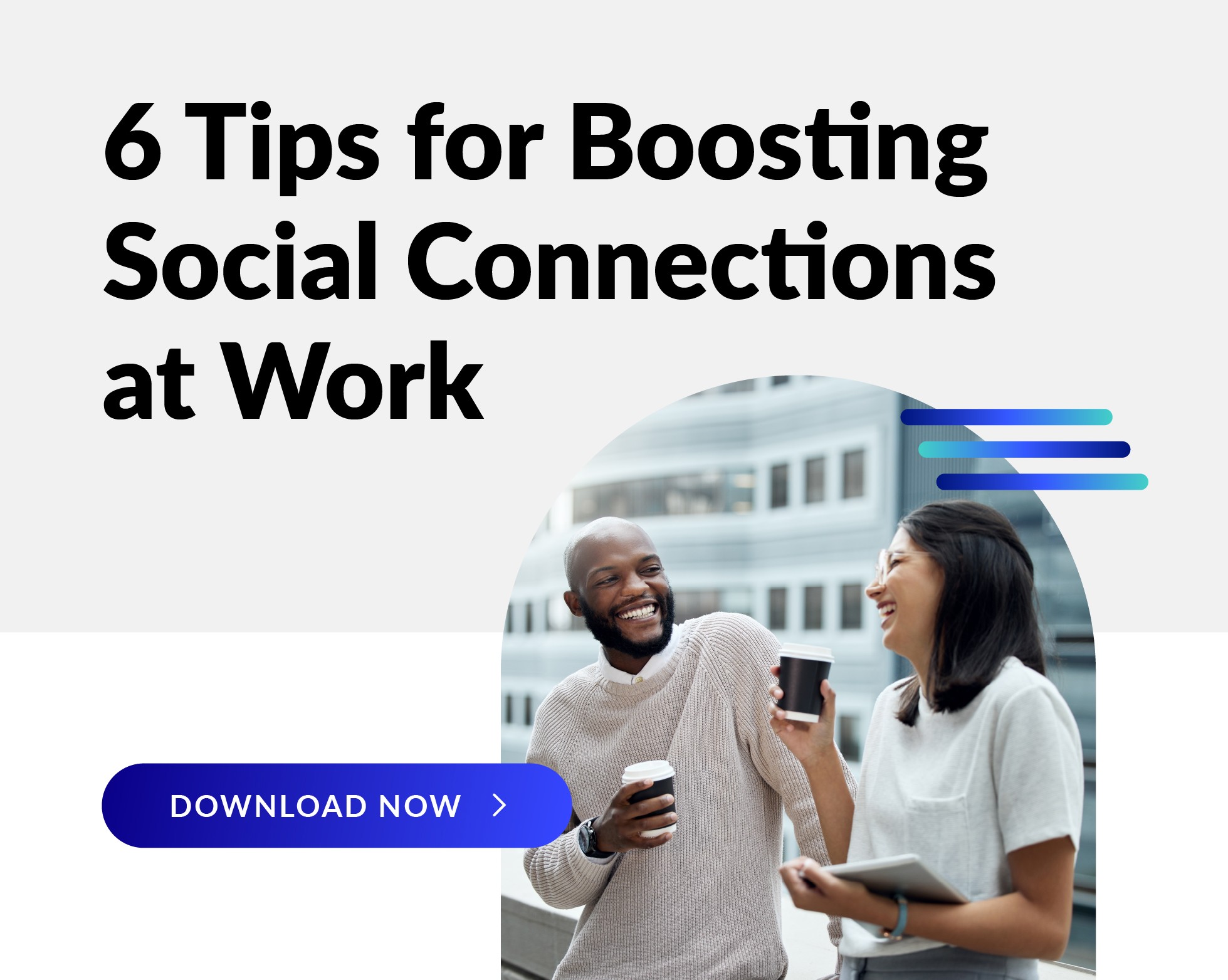I eat, breathe, and sleep health coaching, so it’s great when I see companies talk about how coaches have helped engage employees and lower costs.
A recent article in Human Resource Executive Online, “The Coach Is In,” was especially exciting for all of us at WebMD Health Services because our client, Prudential Financial, talked about how WebMD coaches have been integral to them in developing a “coaching culture.”
Better health and lower costs are great reasons to have coaches. But the article highlighted other benefits that people may not think about. Here are my top four.
1. Coaches Help Build a Culture of Health
When you hire an onsite coach from WebMD, you get a full-time employee whose sole responsibility is to live, breathe, and promote your wellness program. Far too often, clients simply don’t have the bandwidth to promote their wellness programs, and their culture of health suffers as a result. An onsite coach can be the solution to this common problem.
Our coaches come equipped with WebMD tools, training, and brand recognition that can help further the goal of having a truly dynamic culture of health. Our onsite coaches have made such a difference that 71% of clients who hired one of our onsite coaches decided within 18 months to bring on additional team members to support those activities.
2. Coaches Make One-on-One Connections
Today, behavioral strategies for improving health are fairly common, but the medical community as a whole has been slow to adopt them. Health coaches take what people know they should be doing and partner with them to make it happen. Most people know what to do and just need a supportive professional to provide accountability and encouragement, as well as a trusted partner to give reliable advice when questions arise. A great way to get the best out of coaching is to offer different ways of interacting, such as over the phone and in person.
Prudential followed our best-practice approach, which is to integrate the two. Different people prefer communicating with their coaches in different ways, and the same person’s comfort level may vary depending on the circumstances, so it’s important to offer both approaches for the best user experience.
Onsite coaches can do things that telephonic ones can’t, such as read a client’s body language during a session or lead local activities like farmer’s market tours. But there are plenty of people who might not feel comfortable with that type of interaction.
Some people prefer the anonymity of talking over the phone, and they might not want to see their health coach in the company lunch room. Many like the flexibility offered by a telephonic coach who is available seven days a week for most waking hours.
By offering both, you reach a larger audience than you would by focusing on one or the other, and our two programs integrate seamlessly, so you allow people to take their pick depending on how they feel that day.
3. Coaches Bring Outside Expertise
In the article, one organization is quoted saying, “Managing competencies around wellness coaching and on-site nurses is not a core piece of our business, whereas vendors have that expertise.”
I couldn’t have said this better myself! We have over 25 onsite coaches who work with a variety of clients, and most of them have prior experience working in the same types of settings before they came to us.
Across our entire client base, our coaches and client management have regular meetings in which best practices and common pitfalls are discussed openly, for the betterment of all of our clients. Onsite coaches also meet regularly with our telephonic coaches to ensure that we have a strong sense of what’s happening—and succeeding—within the entire employee base.
What this all means is that each of our onsite coaching clients gains the benefits of our entire book of business, and can implement best practices and avoid mistakes that they might otherwise make if they were going at it alone.
4. Coaches Are Visible Reminders
In the article, Dr. Andrew Crighton, Prudential’s chief medical officer, said, “We think we ‘message’ too much, but a lot of times, the employees aren’t paying attention until they’re ready to pay attention… So, if we’re communicating in February [about on-site coaches], but they’re not ready until May and we don’t communicate it again, that’s a lost opportunity.” We couldn’t agree more! You almost can’t message too much or in too many ways.
An onsite coach can be a crucial component in ensuring your population is aware of all that you offer them. Coaches are a resource dedicated solely to improving your overall culture of health, and getting people to engage in the first place is typically one of the major hurdles. One of the onsite coach’s primary responsibilities during open enrollment or ongoing yearly campaigns is to be visible among your population to drum up excitement and promote the wellness program.
For more on how to effectively communicate health coaching in general, see the blog article I wrote on Top 10 Tips for Effective Health Coaching Communications.
And for more information on how to get all the benefits of onsite and telephonic health coaching, contact us at info@webmd.net! We love to talk about this winning strategy.


